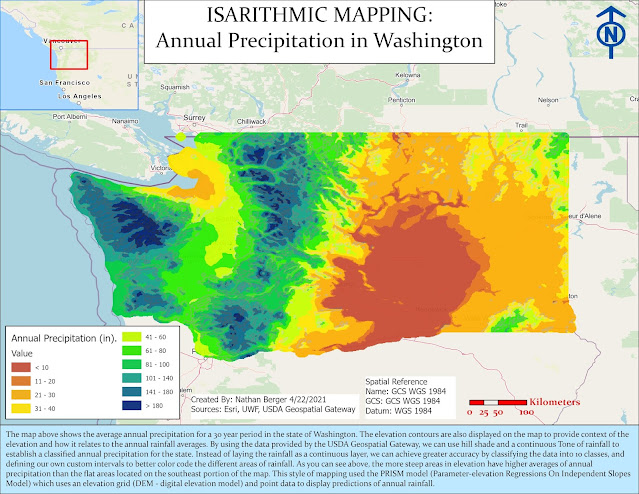Crime Analysis: Heat Maps In Action
Crime Analysis in GIS
Specifically using Esri software suite such as Arc GIS Pro to build crime heat maps to display significantly high areas of crime. This can be based on crime rates using population data or area data, or even using kernel density calculations to define local clusters of crime.
Different algorithms such as Moran's I can define grid like hot spot areas of significant crime at a 95% confidence interval, allowing you as a GIS analyst to inform your command staff at your local Police Department the areas in which Patrol should focus their efforts.
Defining a Crime Rate
 |
| Burglaries Per 1,000 Housing Units - Washington D.C. |
Things to know...
This is a great way to track changes in criminal activity of a police precinct or jurisdiction. Using an arc GIS Dashboard to map these changes and track the statistics is a must for most crime analysis Units.
What is a crime rate?
Crime Rate -
This is important to track the crimes per population in an area. If we just used crime numbers, then we would not have accurate data. We must standardize the crime data with population, or even acreage of areas to normalize it. If you had 10 murders in an are of 100 people, that would be significant. But if you had 10 murders in an area of 100,000 then it would be not as significant.
Crime Density - Calculating the density of crime. We do this in many ways, such as using kernel density to map local clusters of significantly high crime areas based on crimes per square mile or kilometers. These areas have a confidence interval of 90% and sometimes higher of violently high crime areas.
Hot Spots: Confidence Intervals, Z-Scores, Mean Max, Min, etc...
In crime analysis we identify hot spots for the command staff, patrol Lieutenants, and our police officers so that they can identify the growing crime threat and build a tactical plan to deter it. Looking at areas above the average crime, or high Z-score Percent changes are great ways to do this. By mapping these areas, awe can identify them and enforce the law appropriately.
Kernel density Heat Maps: Local Clustering
 |
| Assaults In Washington D.C. Using Kernel Density |
3 Different Types of Hot Spot Analysis for Chicago Crime Data
Grid-based thematic mapping
Kernel density
Local Moran's I
Conclusion
In conclusion, the hot spot map I think that was the most efficient and best practice is the Kernel Density. My chief at the ACCPD prefers Kernel Density maps as they are easy to see, understand, and you canoverlay crime point data with crime symbology over them to give you a solid spoatial reference of the crime areas. But don't take my word for it...
The table above indicates that
the kernel density method has a crime rate of 11.9 which is higher than the
other two methods. However, it does not have the largest area coverage, and it
does not have the highest number of crimes falling within its hotspot coverage.
But this means that the kernel is extremely efficient and prepares the
detectives in CID and the Patrol Unit of the highest crimes with a more
specific area. This is crucial when briefing a chief of police or the command
staff, as resources and officers are limited across every department. we want
to be accurate, specific, and tailor our response to crime to be as efficient
as possible. We cannot protect the entire county all the time. We need to know
where to schedule patrol units, where to look, and where we should have a
strong presence in the community to combat and deter crime. The kernel density
is also extremely fast to use and is great for everyday workflows. I highly
recommend it as a crime hotspot reporting tool over the Grid Overlay and Local
Moran's I statistic method.











Comments
Post a Comment